
It doesn’t happen to every generation that astronomers are left gazing at something that won’t play by the book. The newest interstellar visitor, 3I/ATLAS, is doing just that speeding up in a fashion that doesn’t entirely make sense according to current physics, and leaving scientists to question the forces of movement in outer space once again.
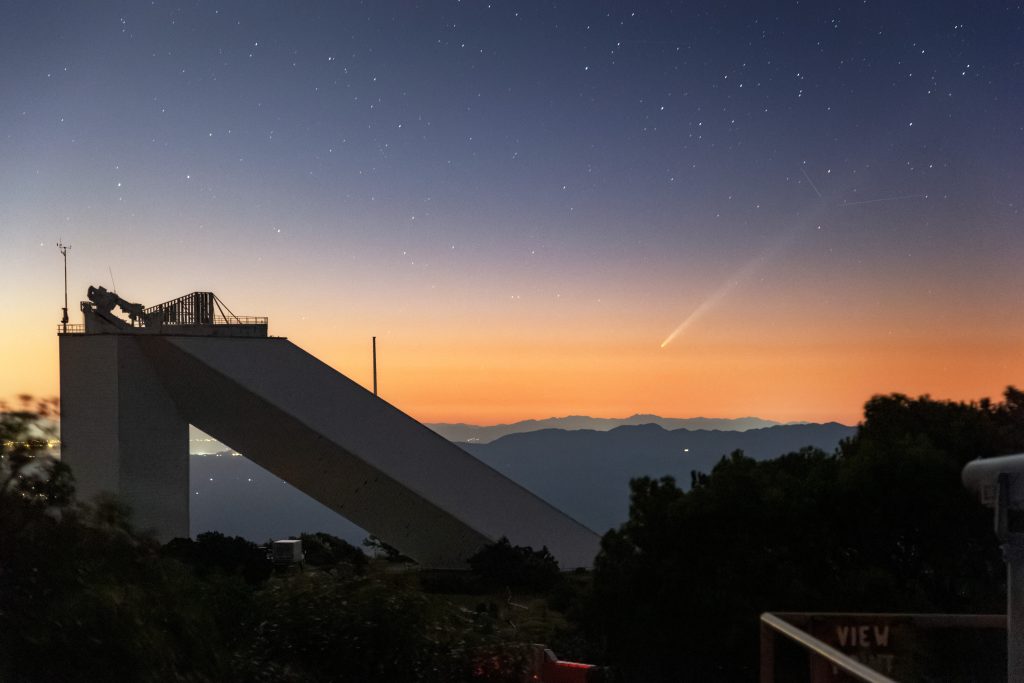
1. A Visitor from Beyond
First seen by Chile’s NASA-funded ATLAS telescope, 3I/ATLAS is merely the third confirmed interstellar object to traverse our solar system, after 1I/’Oumuamua in 2017 and 2I/Borisov in 2019. Its incoming speed just under 37 miles per second and roughly linear path distinguish it as an interloper, coming from the direction of the Sagittarius constellation. “By extrapolating its motion back in time, we find that it clearly came from outside our Solar System,” explained Dr. Paul Chodas from NASA’s Center for Near-Earth Object Studies.

2. Anomalous Acceleration
Its most puzzling characteristic is its non-gravitational acceleration. Data from 227 observatories around the globe indicate that its speed change cannot be attributed to solar gravity alone. While comets tend to speed up through outgassing plumes of vaporized ice behaving as thrusters the observed impact here is abnormally big for a body its calculated mass, which Harvard astrophysicist Avi Loeb estimates at more than 33 billion tons. Loeb added, “3I/ATLAS is more massive than the other two interstellar objects… by 3–5 orders of magnitude, constituting a major anomaly.”
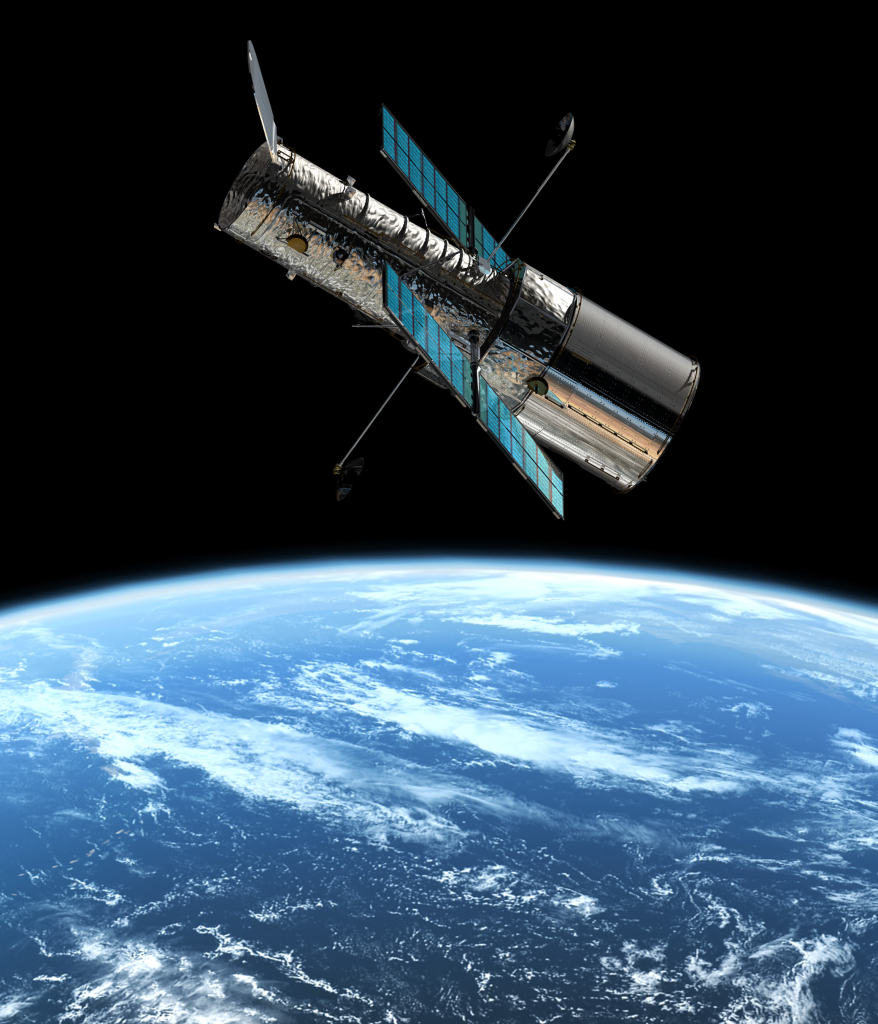
3. Physical Structure and Composition
Hubble Space Telescope high-resolution imaging and ground-based spectroscopy imply an several-kilometer-wide nucleus, potentially carbon dioxide- and other cometary volatiles-rich. Near-infrared spectra tantalize with signs of cyanogen and carbon-chain molecules, solar-heating products on original ices. But the dust tail of the comet goes against predictions rather than streaming away from the Sun, it seems to point towards the Sun, indicating ejection of hundreds-of-micron-sized particles too massive for solar radiation pressure to deflect.
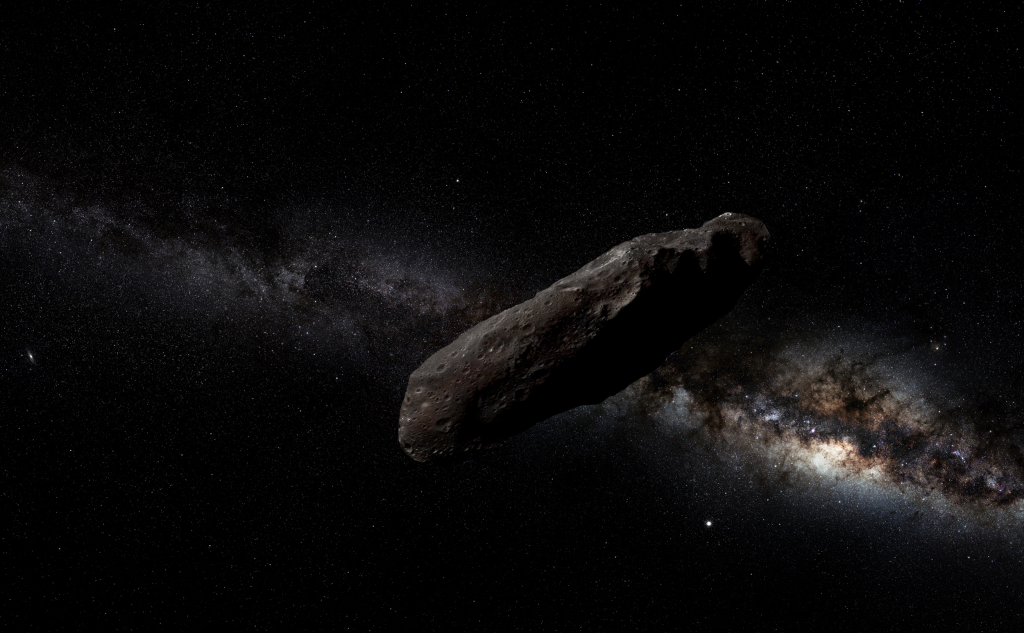
4. Lessons from ‘Oumuamua
The comparison to ‘Oumuamua is inevitable. That earlier visitor exhibited a subtle acceleration without a visible coma, prompting theories from molecular hydrogen outgassing to alien light sails. Laboratory studies have shown that cosmic-ray irradiation of ice can trap molecular hydrogen, later released as heat from solar proximity drives sublimation. For small bodies, this can yield a detectable push without associated visible dust a mechanism that would in principle be available to 3I/ATLAS, though its enormous mass makes the effect more difficult to accept.
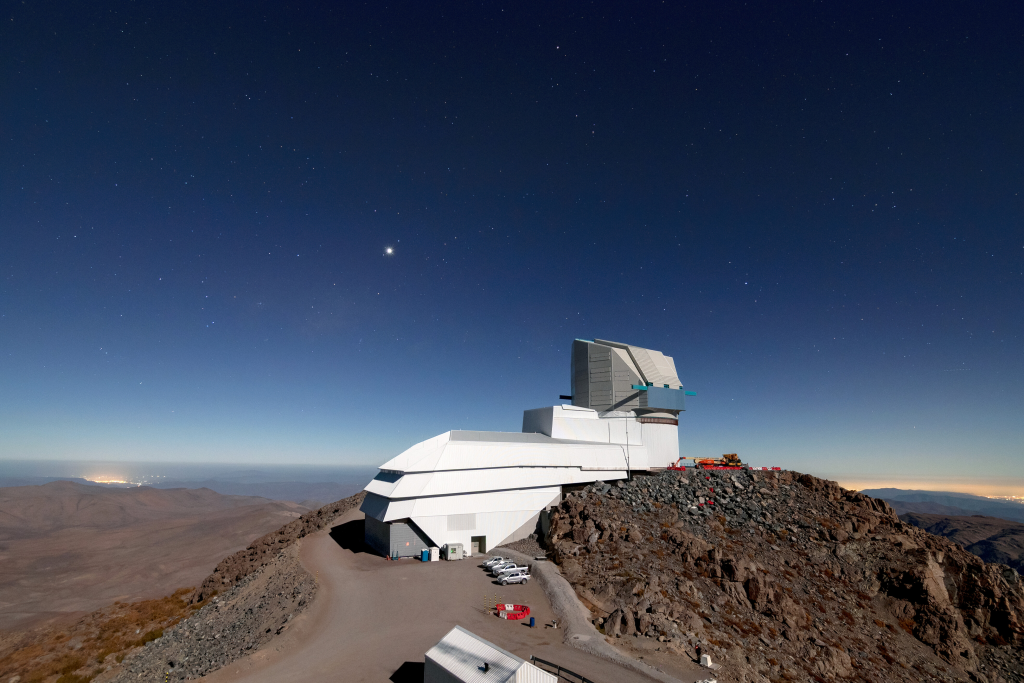
5. The Role of Next-Generation Observatories
The debut of the Vera C. Rubin Observatory’s Legacy Survey of Space and Time is revolutionizing the search for such oddities. With a 3.2-gigapixel LSST camera surveying the southern sky every few nights, Rubin can spot faint, high-speed objects that would have been missed by earlier surveys. During its commissioning phase, it discovered more than 2,100 new asteroids in 10 hours and even took images of 3I/ATLAS before it was officially discovered.
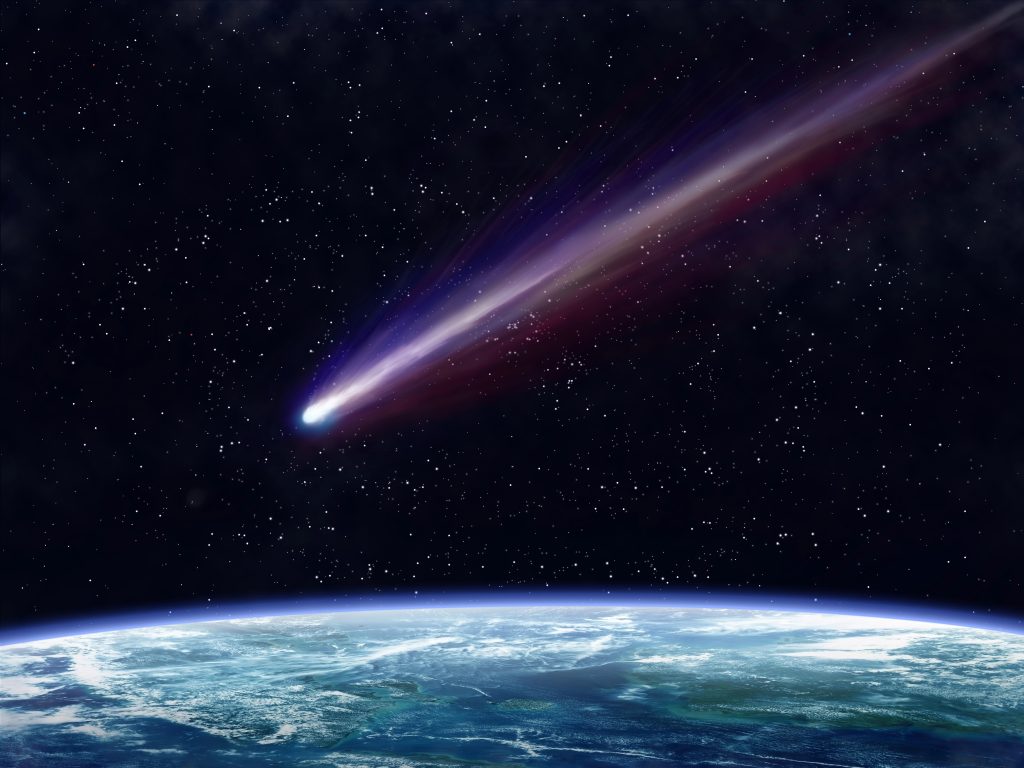
6. Scientific Stakes and Theoretical Tensions
If this acceleration is not accounted for by the known physics of comets, it might indicate deficiencies in gravitational theory or unexplored interstellar mechanisms. Loeb has conjectured gingerly but spuriously on technological beginnings, citing improbability regarding the discovery of a body so large interstellar before discovering numerous smaller ones. NASA’s Tom Statler responds, “It looks like a comet. It does comet-like things… the evidence is overwhelmingly pointing to this object being a natural body.
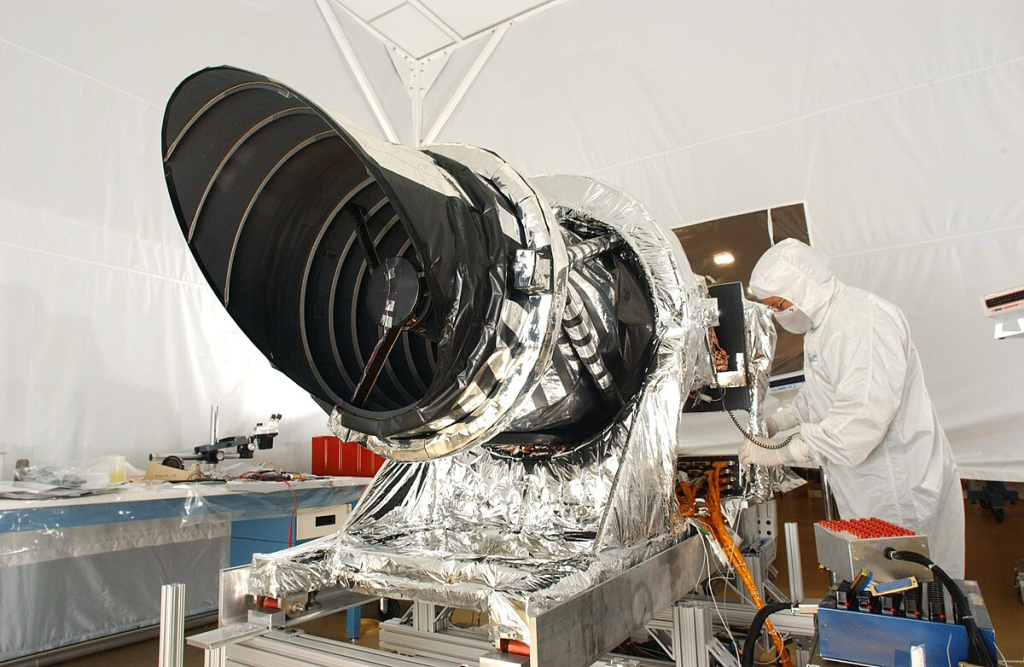
7. Observation Chances
3I/ATLAS will come within 18 million miles of Mars and may be photographed by the HiRISE camera on the Mars Reconnaissance Orbiter. These data might also improve nucleus size measurements and surface reflectance, important for model-checking of rival models. Alas, at closest solar approach, it will be lost from view in the Sun, again appearing in December to be observed.
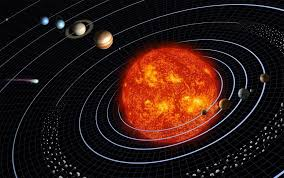
8. Planetary Science Implications
Interstellar objects are cosmic time capsules from foreign planetary systems, bearing chemical and structural evidence for planet formation beyond the Sun. As Bryce Bolin describes, “They’re comets and asteroids which formed around other stars building blocks of planets… ejected into interstellar space which we later find as they zip through our solar system.” Widening the sample size from three to dozens, as Rubin’s survey potentially does, might tell us if 3I/ATLAS is an outlier or part of a concealed population.
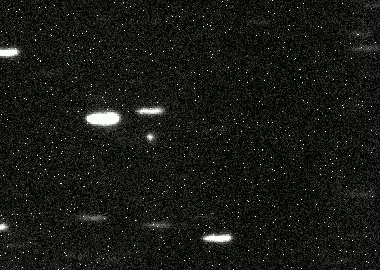
The enigma of 3I/ATLAS is only partially explained. Whether its acceleration results from exotic ice chemistry, unseen dust dynamics, or forces still unknown, it is already challenging the way astronomers conceptualize interstellar visitors and the way they prepare to greet the next one.


